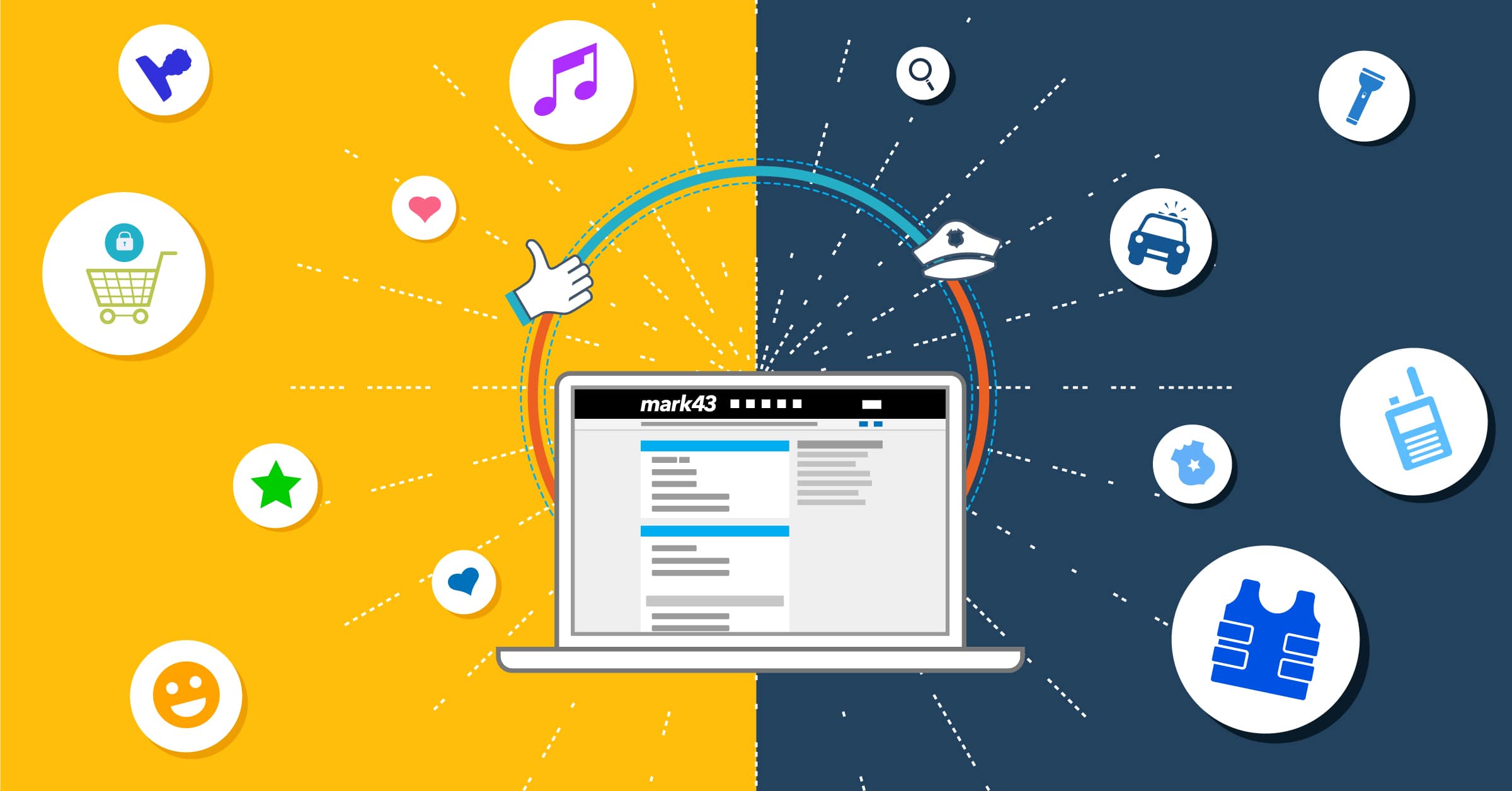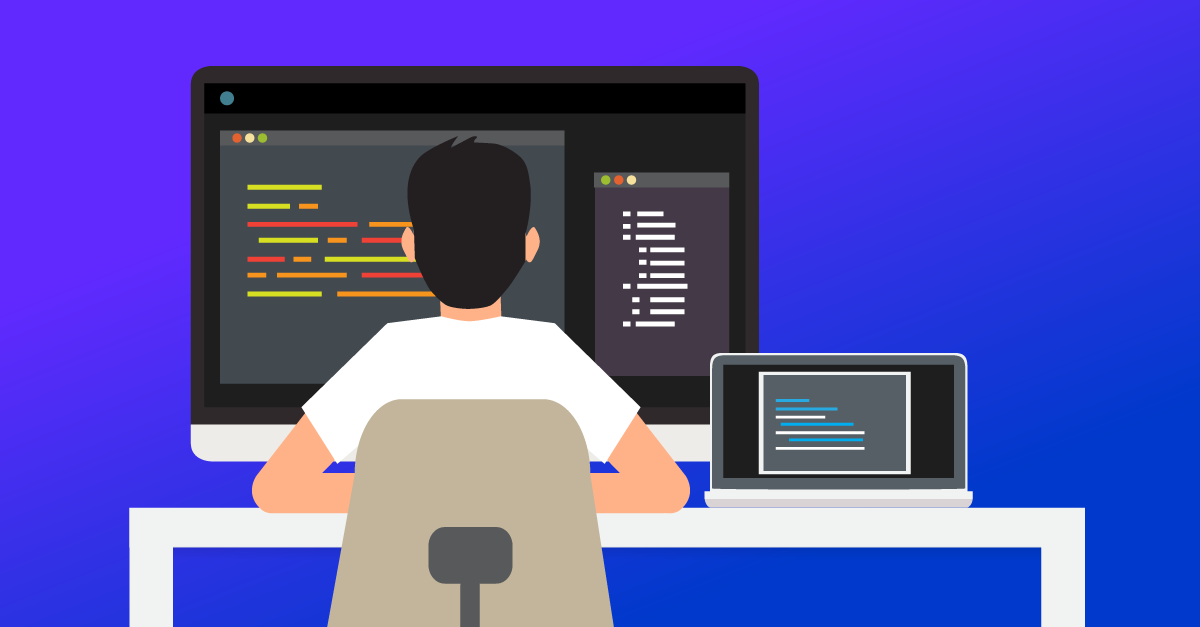
How Mark43 applied lessons from consumer tech companies to build better public safety software.
Consumer technology companies operate in a cutthroat marketplace where every click is tracked and every pixel optimized (Google infamously tested 41 shades of blue for link colors to see which worked best). Companies are forced to evolve quickly and provide continual value to users or risk losing out to a competitor that’s a literal click away. While consumer tech moves forward by leaps and bounds in people’s personal lives, enterprise tech has, until recently, been inching forward at the workplace.
Enterprise software is often mission-critical, so rapidly testing things to see what breaks and what works isn’t a realistic option. And if the decision makers in an organization buy a system that doesn’t work for day-to-day users, then the next opportunity to switch is likely a few years and another sales cycle away. The good news is that consumer tech innovations are now “trickling up” to the enterprise. At Mark43, this translates into leveraging consumer tech practices to design cutting-edge public safety software.
User-Centered Design
Many modern digital consumer products are designed using an approach called User-Centered Design. The focus is on understanding end-users by borrowing methods from social sciences (psychology, anthropology, etc.) to build products based on users’ needs, wants, and ways of doing things. In contrast, enterprise tools have traditionally been engineered to meet a list of technical feature requirements. This resulted in poor user experiences with time-consuming training and users changing their workflows to fit the tool. If consumer companies did this, they’d lose all their customers. Today, expectations have risen such that enterprise customers now expect that products are able to both meet their functional needs as well as come packaged in a user-friendly form. User-centered design is the process by which companies accomplish this.
- Consumer Example: Amazon 1-Click Check Out
The biggest annoyance for ecommerce customers, which often causes them to drop off before completing a purchase, is filling out a bunch of forms to check out. Amazon realized this and designed its web site to minimize this friction by storing shipping addresses and payment methods, reducing checkout to a few clicks. Amazon then took it a step further so customers didn’t even have to leave a product’s page to check out anymore–just click the buy button on the product itself. This made the user experience smoother for customers and also aligned with Amazon’s goal of making things easy to buy. - Mark43 Enterprise Example: Recent Locations/Persons
The Mark43 product team is always thinking about how to save officers’ time while maintaining the accuracy of sensitive criminal justice information. We found a way to do both in our Records Management System (RMS). Information entered about a location or a person is stored in a separate profile that can be reused within and across reports. We did this to help officers spend less time writing reports by getting rid of the need to fill out info about the same person multiple times. This also prevents conflicting data from being entered accidentally on two different forms within a report. We then took it a step further and pulled locations/persons related to the same incident, offense, or arrest so officers don’t have to search for them over and over again as they write different reports for an event.

User Interface Patterns
One result of the rapid testing and iteration cycle of consumer tech products is the emergence of easy-to-use user interface (UI) conventions that are ubiquitous. Most users never think about the form fields, buttons, and layouts of their digital products and services despite using them for hours each day. Only when something is hard to use does anybody notice it. Day after day, these UI patterns are refined through endless testing and optimization in the consumer space. Simultaneously, they’ve become increasingly familiar as digital technology has spread into all parts of our lives.
- Consumer Example: Facebook News Feed
Facebook’s news feed is familiar to it’s 1.9 billion-strong user base. It’s comprised of a modular system of cards that provide snippets of content from photos to articles to status updates from across a user’s social network. This UI structure is very flexible and allows for infinite combinations. It also allows for new types of cards, such as video, to be introduced as new forms of content become popular. - Mark43 Enterprise Example: RMS Report Writing
When we designed Mark43’s report writing system, we also took advantage of modular cards in the UI. This gave us the flexibility to create all kinds of reports (incident, offense, arrest, etc.). An added benefit was that it chunked the report writing process into manageable pieces that users could save as they worked. It also reduced report writing time through reuse of data previously entered on other cards. Finally, we enhanced each card with two modes: an input mode for writing and a compressed read mode for reviewing. By leveraging and enhancing familiar UI patterns when designing Mark43’s software, we’re able to make complex software that’s easy to learn.

Web-Based Cloud Software
As the technology powering the internet matures, web-based software can now do many things in web browsers that were previously only possible using locally installed software. In addition, data is now increasingly being automatically backed up in the “cloud” instead of stored locally on a computer. This combination of software functionality in browsers and data stored online has given rise to new types of products and services.
- Consumer Example: Spotify
Spotify lets users stream its catalog of music to a computer, phone, or smart device like Apple TV. This convenience is made possible by storing music files in the cloud instead of downloading them locally. Gone are the days of syncing files around from device to device manually.Being web-based also allows Spotify to experiment and learn quickly so it can improve its service over time. Through access to users’ listening history, they’re able to introduce features like Discover Weekly, a personalized playlist for each individual user that refreshes each week. - Mark43 Enterprise Example: Cloud RMS and CAD Software
Mark43’s RMS and Computer Aided Dispatch (CAD) software are both web-based cloud software. This makes it easy for public safety agencies to deploy Mark43 software across new and existing hardware without an IT person taking the time to install it on each individual machine. It’s also not tied to a specific version of Windows or type of device.Being web-based also increases reliability and security.By leveraging the billions of dollars in infrastructure investment that Amazon Web Services has made, agencies can worry less about local servers going down or getting hacked. It also enables our team to roll out product improvements and bug fixes to our customers much faster and on a more regular basis.

Learning the Right Lessons
Not everything that works for consumers is relevant for the enterprise. Professional tools serve a much different set of needs and expectations (i.e. power, reliability, security) than consumer products. The key is figuring out what’s appropriate and adapting it. At Mark43, we asked ourselves why enterprise software wasn’t easy-to-use and reliably available from any device with an internet connection like so many of our consumer products. We couldn’t find a reasonable answer to why not, so we set out to build intuitive, cloud-based public safety products using the lessons above.
The results seem to be pretty good so far based on the report writing time saved by the Washington, D.C. Metropolitan Police Department and the awards Mark43 RMS has won. If you’d like to learn more about Mark43’s product design, check out my talk at the Interaction 17 design conference.





